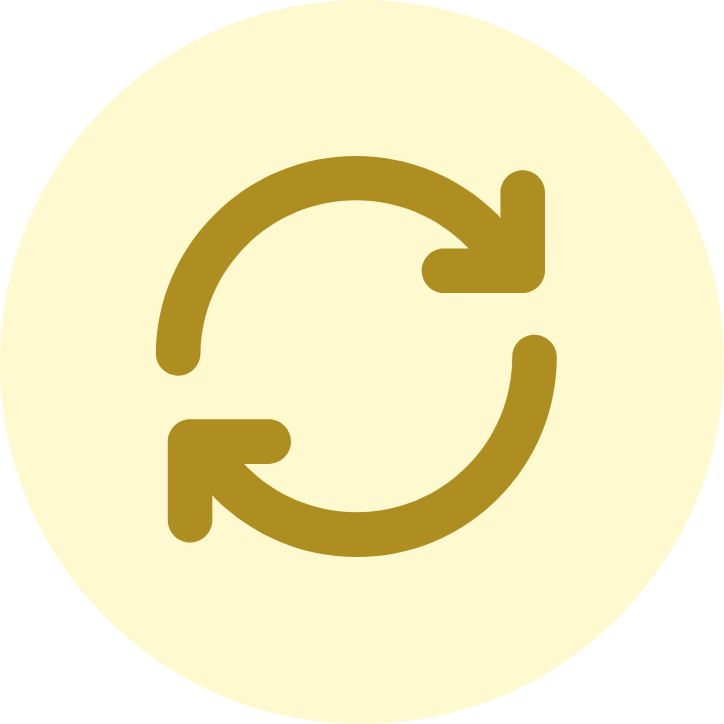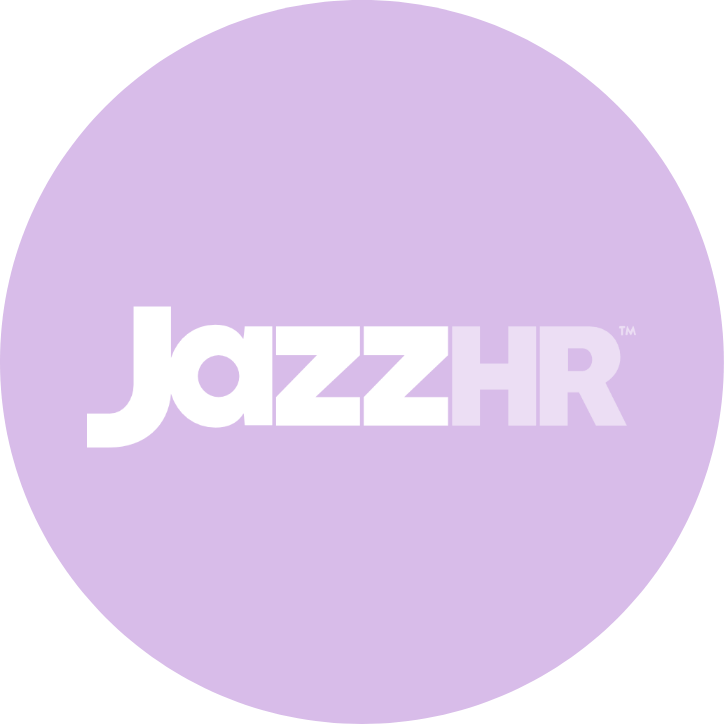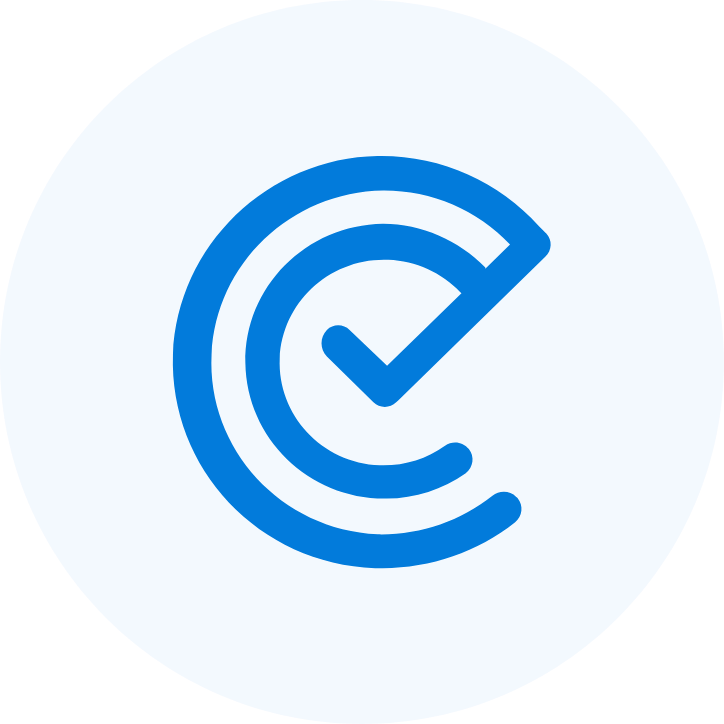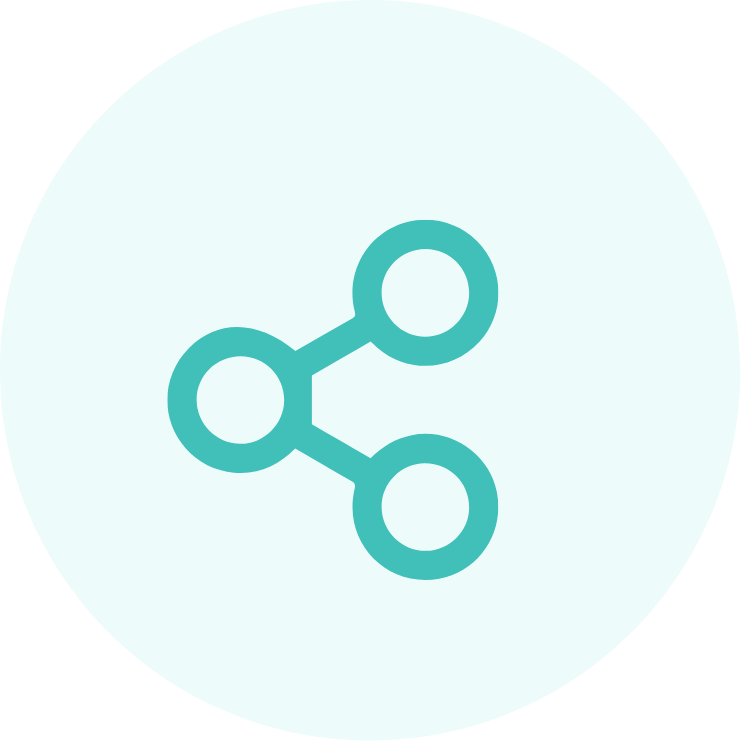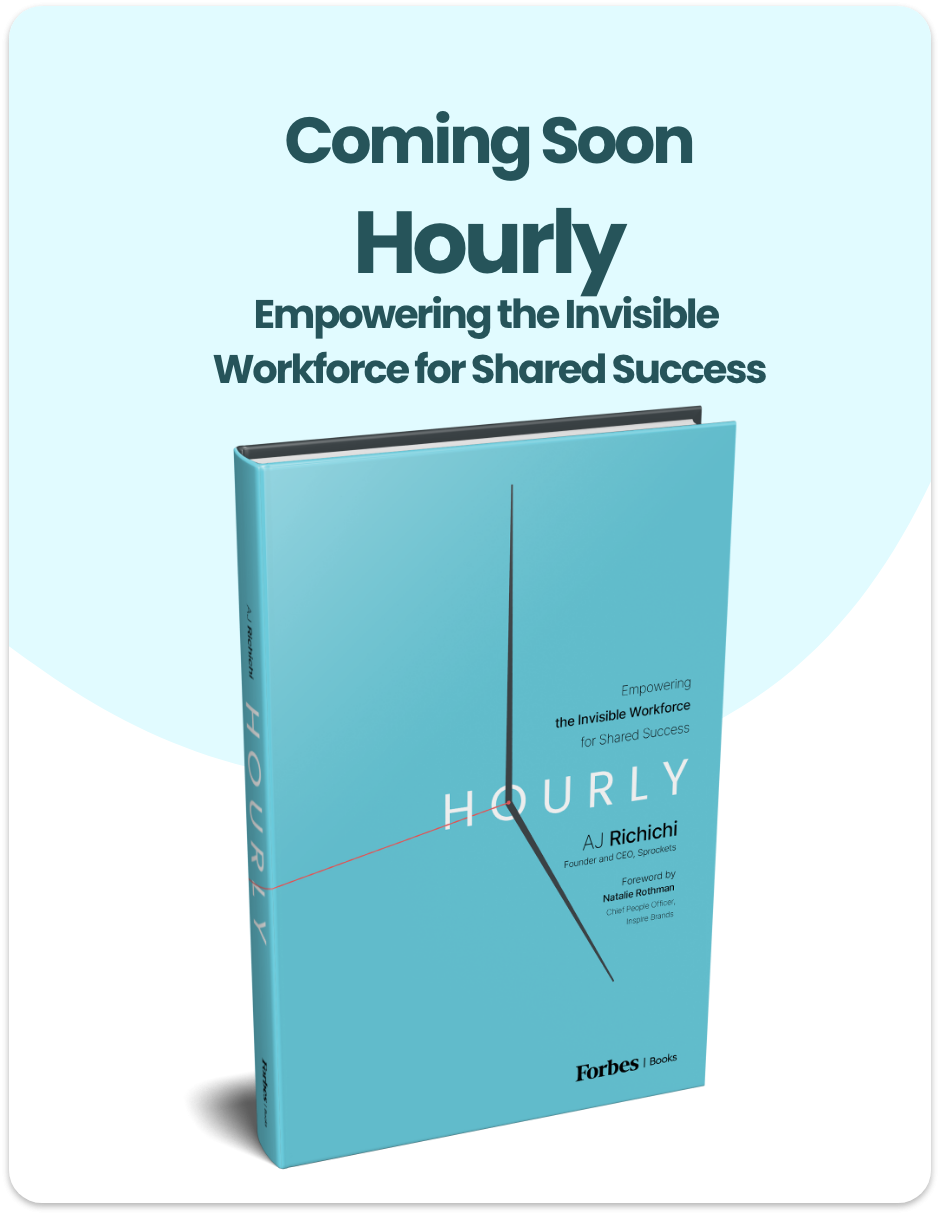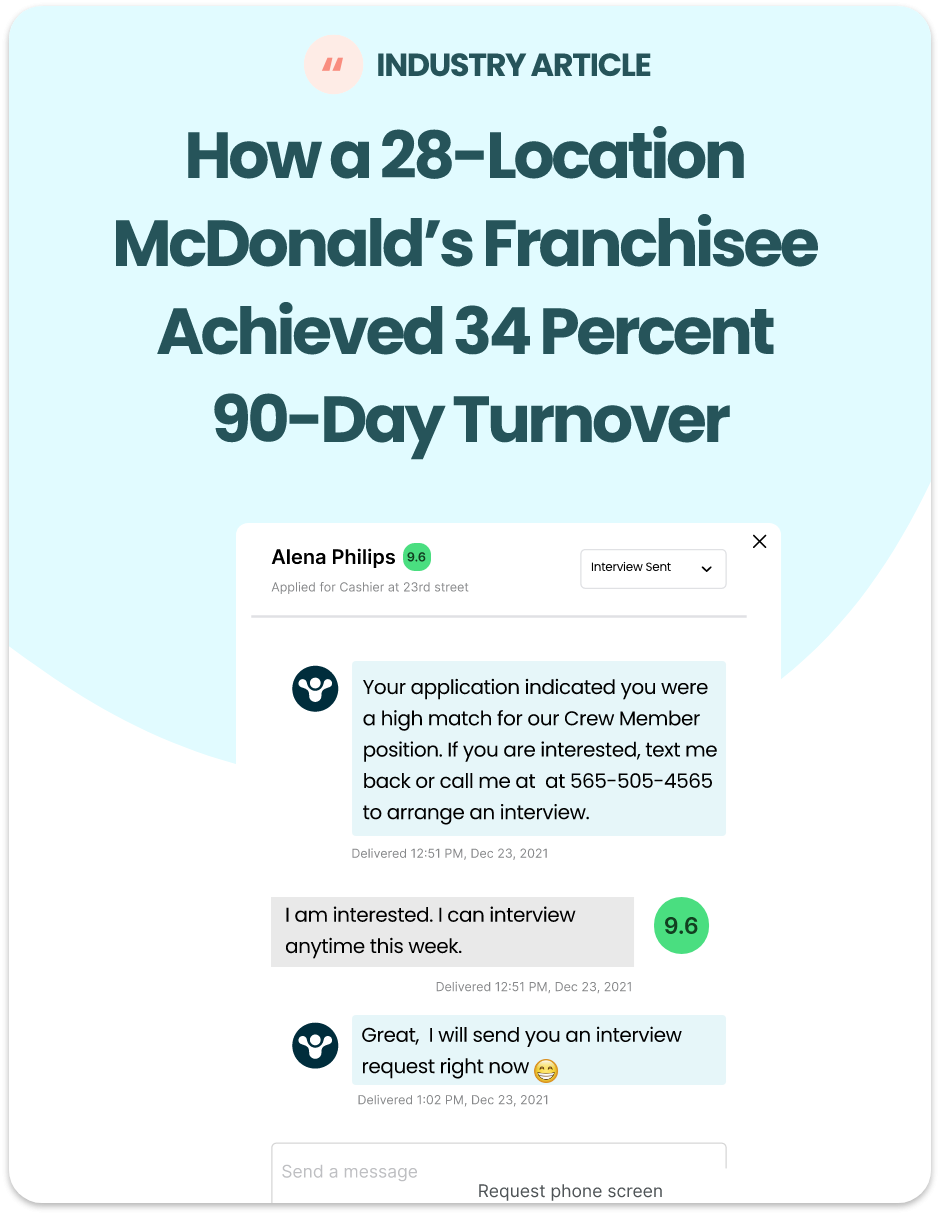Employee turnover is a constant, costly occurrence that plagues companies with hourly employees. In fact, an average of 70% of hourly employees turn over each year. Do you know what your employee turnover is? Luckily, this guide will teach you why it’s important and how to calculate employee turnover.
Understanding Employee Turnover
Let’s begin with why employee turnover is crucial to understand. Replacing lost employees takes time, money, and effort. Each of these factors has a real, noticeable impact on a business. For example, having to replace one hourly employee costs $5,000, on average from lost productivity, on-boarding and training time, recruiting costs, paying referral bonuses and more. Losing a good employee or hiring a bad one also impacts the customer experience, meaning your bad employee can cost you thousands of dollars in lost revenue. Taking time out of your day to sort through resumes, bring candidates in for interviews and training new hires takes precious time away from other business needs. For these reasons, it’s important to benchmark employee turnover to get an overall picture of how employee turnover impacts your business and to better understand solutions that can mitigate turnover.
What is the Average Cost of Turnover for an Hourly Employee?
A survey conducted by PeopleMatter found that employee turnover is one of the most significant issues in the workforce. Respondents of the study found that the annual turnover rate for hourly employees is 49%, with an average cost of $4,969 per employee.
Essential Information to Determine Employee Turnover Percentage
To begin understanding your employee turnover, start with a standard calculation. The standard calculation for employee turnover is defined as a percentage of employees who leave a company during a measured period of time. In order to begin calculating your monthly employee turnover, you’ll need three data points and a defined time period you are measuring. Time periods measured are typically monthly or quarterly.
- Beginning amount of employees
- Ending amount of employees
- Number of employees who left
To get these numbers, simply record how many employees you have at the beginning of the time period. Throughout the time period, record how many employees leave. At the end of the set time period, record the final count of employees.
Employee Turnover Factors
As you go through recording and benchmarking your employee turnover, there are a few factors to take note of. One major detail is which employees are leaving. Is it your top performers? Managers? New hires? Understanding who is leaving is important to understand how to mitigate turnover moving forward.
The other factor to take into consideration is why employees are leaving. If it’s new hires, maybe the job description didn’t accurately match the job. For managers, they might not feel they have enough room for advancement. Additionally, if your top performers are leaving, maybe they don’t feel the culture is the same as it once was or they don’t have support from management. Understanding why people are leaving is an important step to reducing turnover moving forward and engaging the employees you currently have.
The employee turnover equation takes two steps:
Calculation 1
Calculation 2

To put this into practice, here is an example.
- Q1 Beginning Employee Count: 26
- Employees who left during Q1: 18
- Q1 Ending Employee Count: 20
Calculation 1
Calculation 2

Overall, employee turnover has a major impact on businesses. It impacts the bottom line, time allocation, and morale. To reduce employee turnover, you first must measure it and understand why it’s occurring. From there, Sprockets’ Applicant Matching System can help your business reduce employee turnover, streamline your hiring process, and save money by only hiring great matches for your business the first time around. Learn more about how Sprockets can help.
Plus, check out our blog on Creating an Employee Engagement Plan to retain employees.


